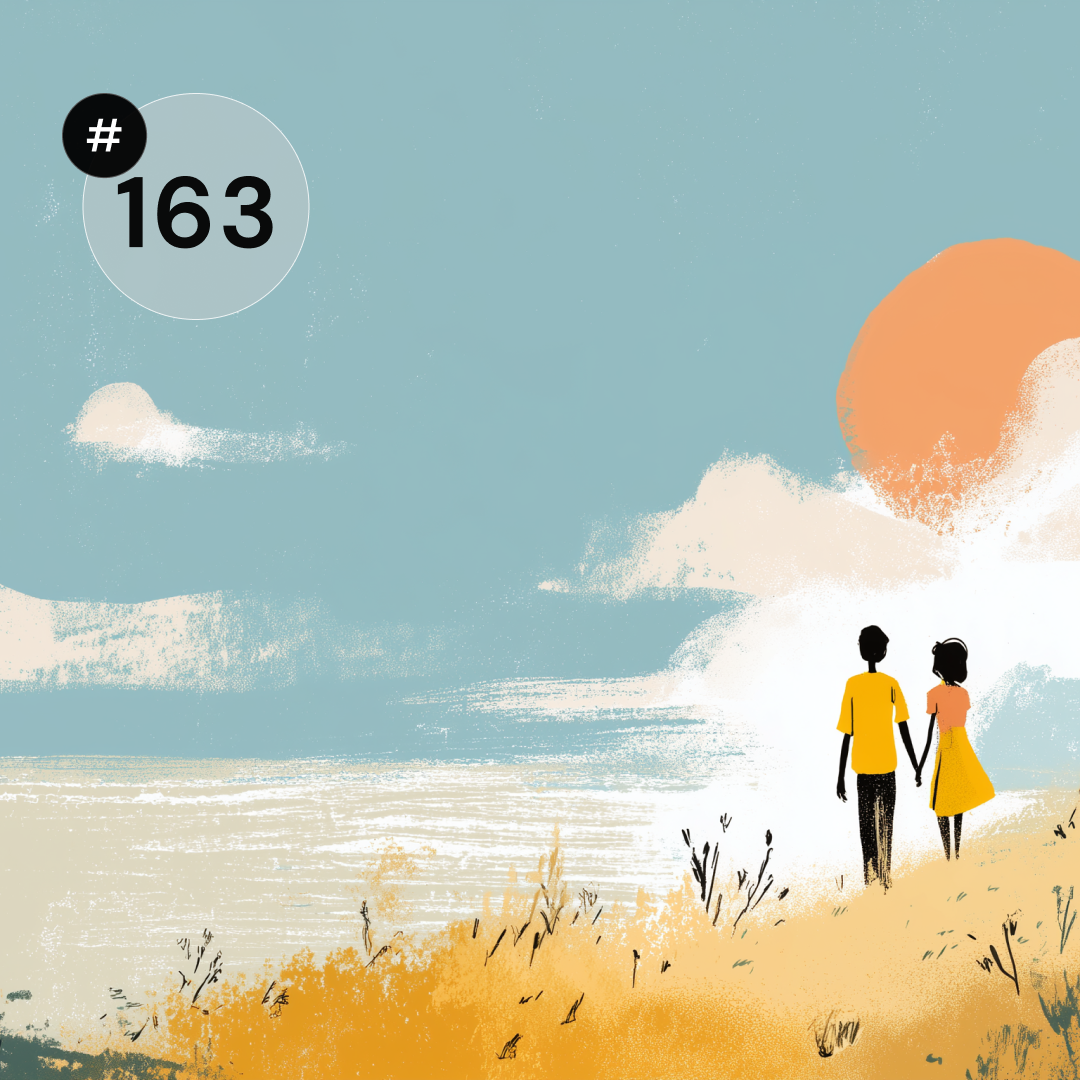PrestaShop is an innovative open source platform for e-commerce that was founded in France in 2007. Today, its technology is used by more than 300,000 stores. PrestaShop was recognized in 2016 when it was included in the Inc. 5000 list (ranking of the fastest growing companies in Europe) and received the award for best e-commerce software from the CMS Critic Award. Today, it is one of the most recognizable solutions in the e-commerce industry, which gives many possibilities related to customizing stores, managing them, supporting promotions and selling abroad.





